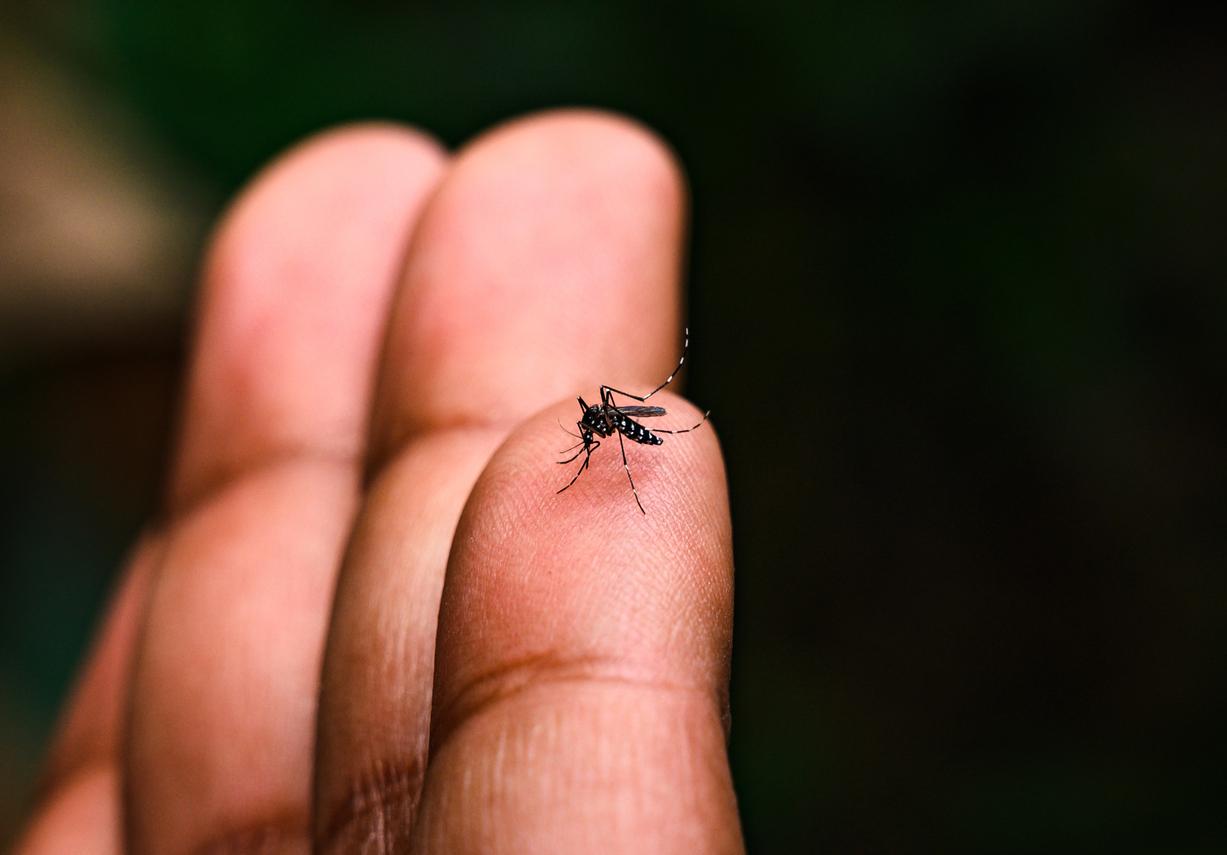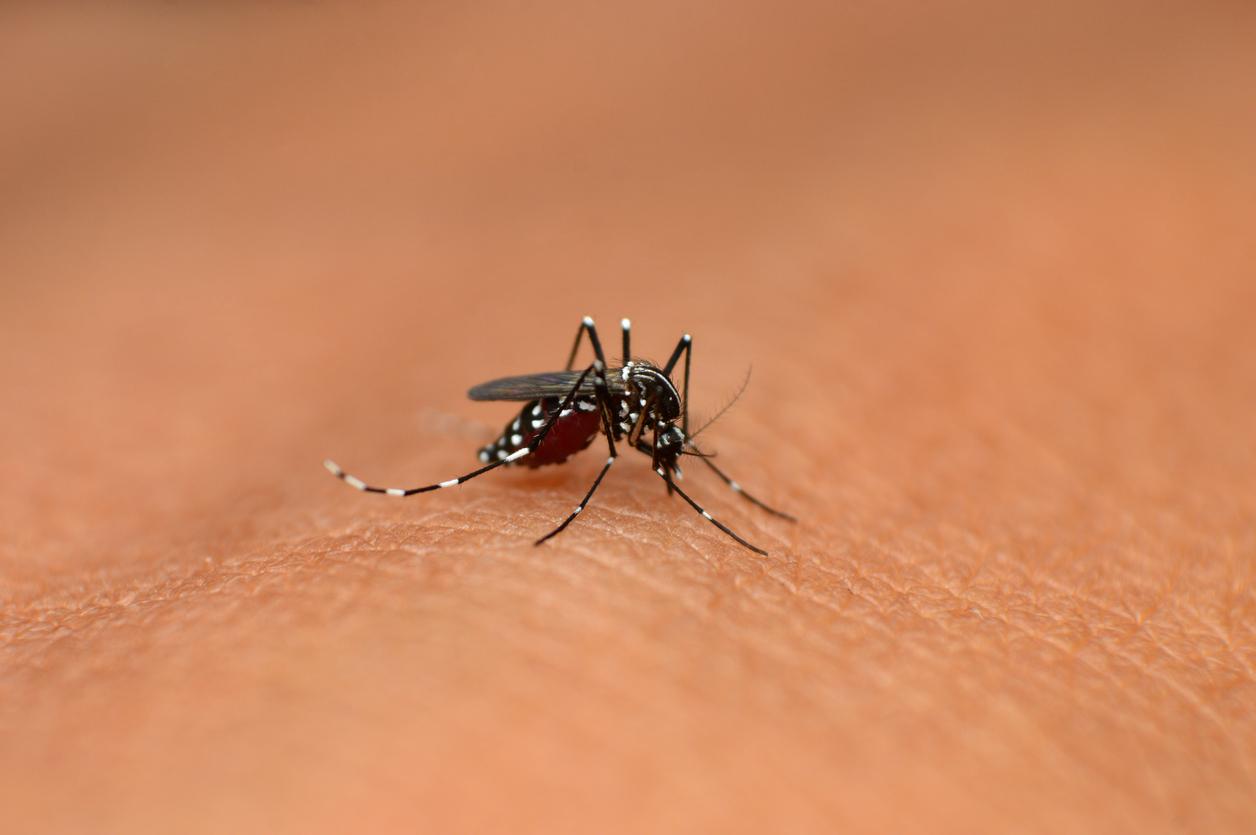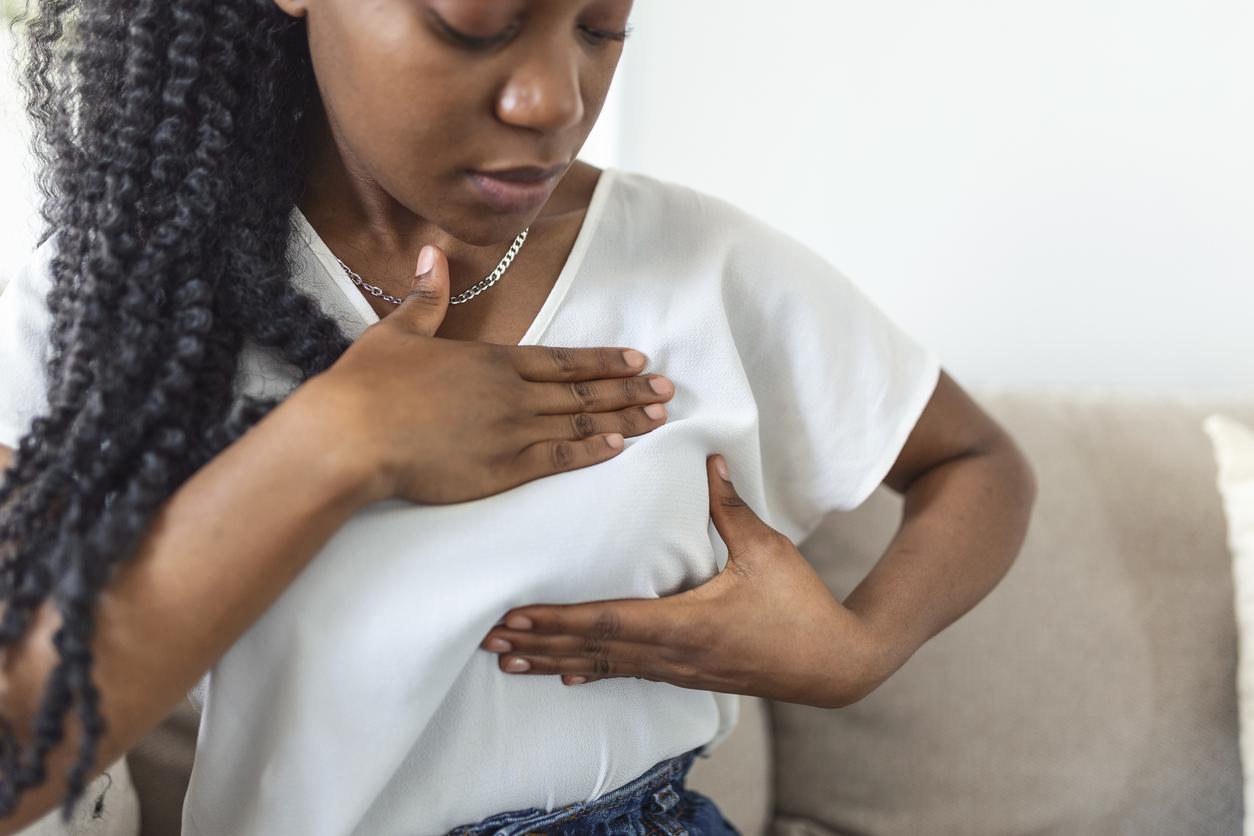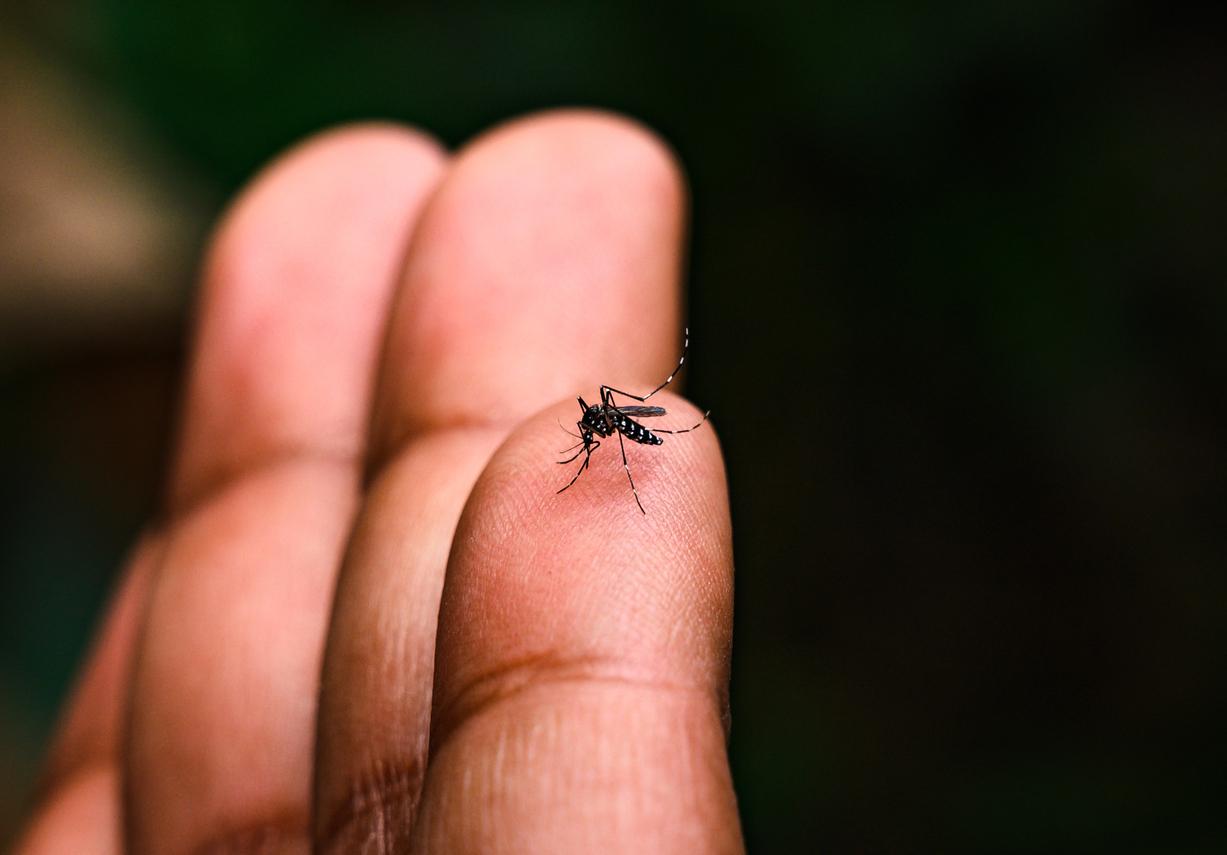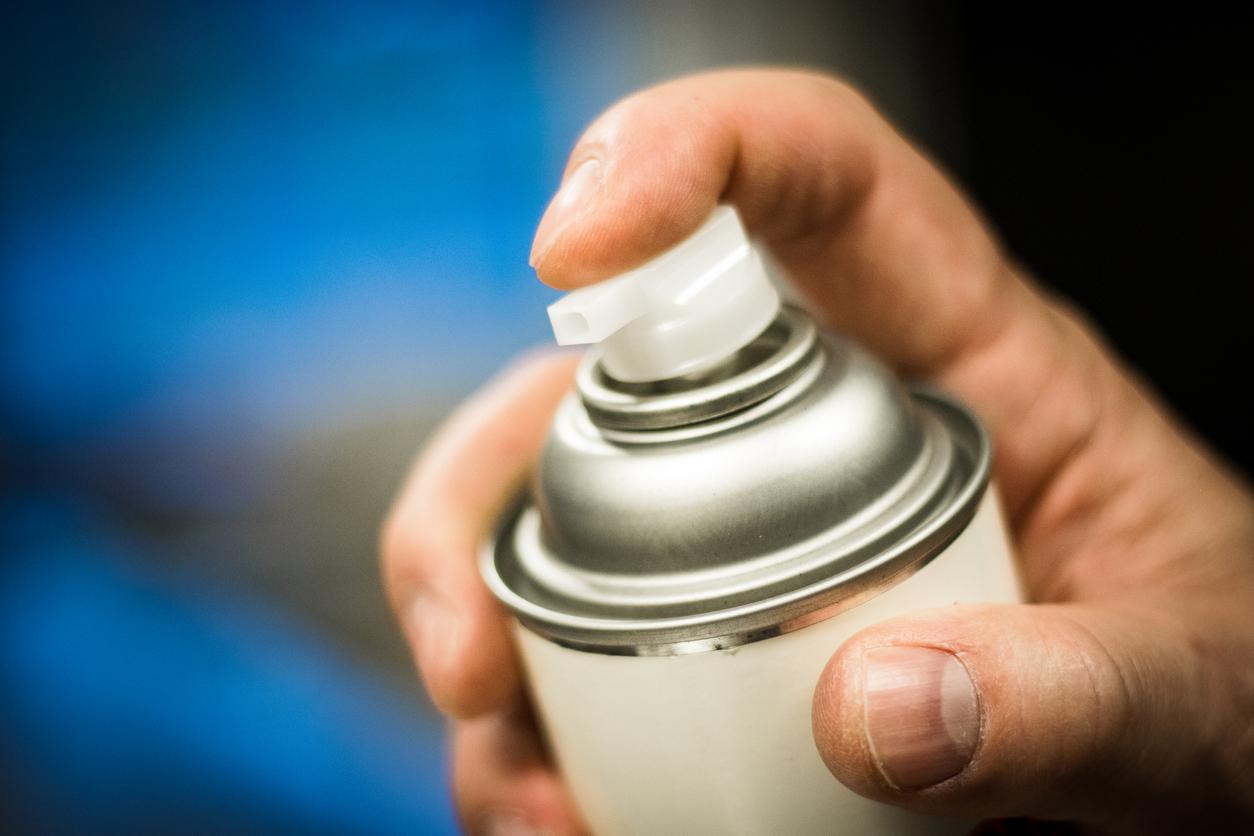A toxic insecticide will be used in Guyana for 180 days to combat the spread of chikungunya virus. This viral disease transmitted by mosquitoes, in particular Aedes aegypti in Guyana, continues its progress on the French department. The latest bulletin from the Guyana Regional Health Agency estimated at 1665 probable or confirmed cases of patients with chikungunya as of August 14.
Faced with the rapid circulation of the virus, the Ministry of Social Affairs and Health has given Guyana permission to use malathion for 180 days. Objective: to fight against “the resistance of the vector mosquitoes of Guyana to the adulticide deltamethrin and the absence of substitute adulticides”.
A potential risk for the ecosystem
Malathion will be spread over the territory in order to prevent the spread of the virus outside the main cities where it remains confined for the moment. Problem, this extremely powerful insecticide has been banned in Europe since 2007, officially for administrative reasons. But in reality, its high toxicity raises many concerns. This product converts to malaoxon on decomposition. This substance, considered 60 times more harmful than malathion, would be capable of “destroying” everything in its path, in particular insects useful for biodiversity such as bees or aquatic fauna.
Some scientists also fear that the Aedes mosquitoes will develop resistance to malathion, although the risk has been ruled out by the regional health agency which says it has studied the duration of 180 days to prevent this problem.
Concerned Guyanese
The spreading of this insecticide will be supervised: the treatment will be done by land and away from water courses and crops. The teams in charge of the distribution will wear protective clothing. Precautions which are not enough to calm the concerns of the inhabitants. A petition was launched to denounce the “health risk” and the lack of consultation of the population.
Do you think that the use of this insecticide can be effective against the chikungunya virus? Your opinion on the forum.








